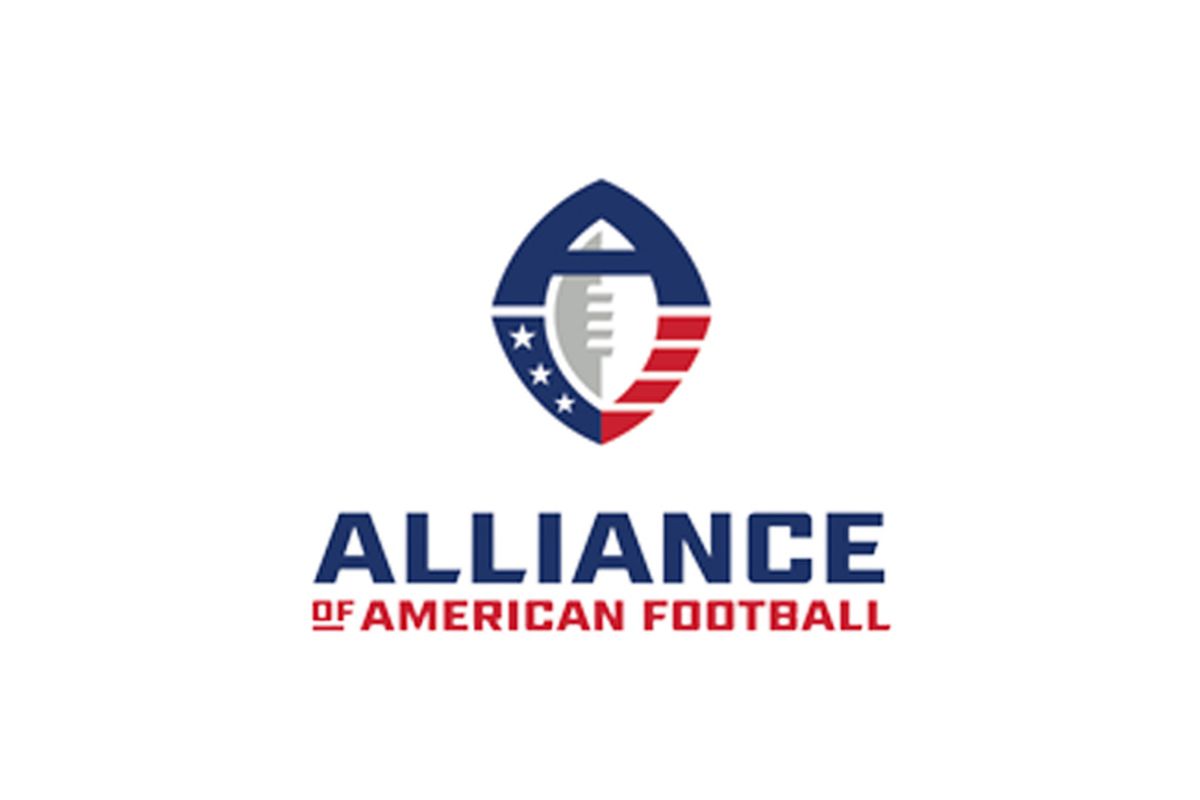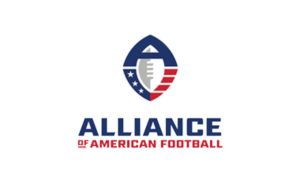The Alliance of American Football isn’t for everyone, surely, and I have no doubt that some of you are tired of seeing me write about it, especially over the past few days, in spite of the tangential connections to the Pittsburgh Steelers.
The thing is, though, that the league is really at a critical moment right now, and, in fact, today could be the day that the fate of its future is decided. Majority investor Tom Dundon pretty much holds the keys right now, and he also has a clear vision of what he would like to see happen, which is not appearing overly likely at the moment.
To recap, the AAF is an eight-team league in which the teams are owned by the league itself. That results in a lot of overhead and requires significant investment to remain afloat. Dundon signed on during the league’s inaugural season as it was already underway, but he wants to see it develop into a legitimate NFL minor league.
The parties have been in talks with the NFLPA to arrange a player-loan program that would allow the AAF to borrow fringe players from NFL offseason rosters to bolster their rosters, but the Players Association doesn’t appear to be particularly interested in obliging.
Should they fail to do so, it sounds as though that could be what prompted Dundon to pull the cord. And if he does, it could happen today. “Trying to figure that out so I will have more information tomorrow”, he reportedly said yesterday. “It’s pretty fluid. It’s day to day, I would say”.
If Dundon chooses to pull his investments from the league, it could fold immediately, cutting its inaugural season short eight weeks into its 10-week schedule and undercutting the postseason. So far, the Orlando Apollos and the Birmingham Iron had already secured playoff berths, but there may not be a postseason by the time you read this.
Truth be told, while the NFL has certainly appeared to be intrigued by the AAF, it’s not something that they need. After all, they had NFL Europe for a long time but decided to pull the plug on that. However, the fact that NFL Europe did exist—and a player loan program to go along with it—perhaps offers a slight glimmer of hope.
I personally would love to see the 54th through 90th players on teams’ offseason rosters get the opportunity to participate in the AAF, whose season runs from February through April. For most of them, it will be the only meaningful reps they will get in the hopes of developing—or merely playing, period.
Should the AAF fold, however, there is still the XFL on the horizon, which looks to kick off its comeback season in 2020. The XFL would presumably like to work out a similar arrangement, no longer holding illusions as being a competitor with the NFL, and they have a more solid backing investment. But the ultimate litmus test is the product on the field.
It suddenly occurs to me, however, that having two competing mid-level leagues would be a major drain on the talent pool. The AAF is having a hard enough time finding eight competent quarterbacks. In the long run, surely only one of the two would be able to emerge anyway based simply in supply and demand.






